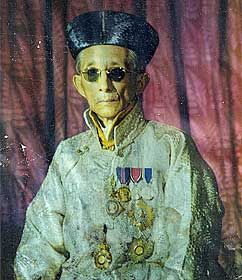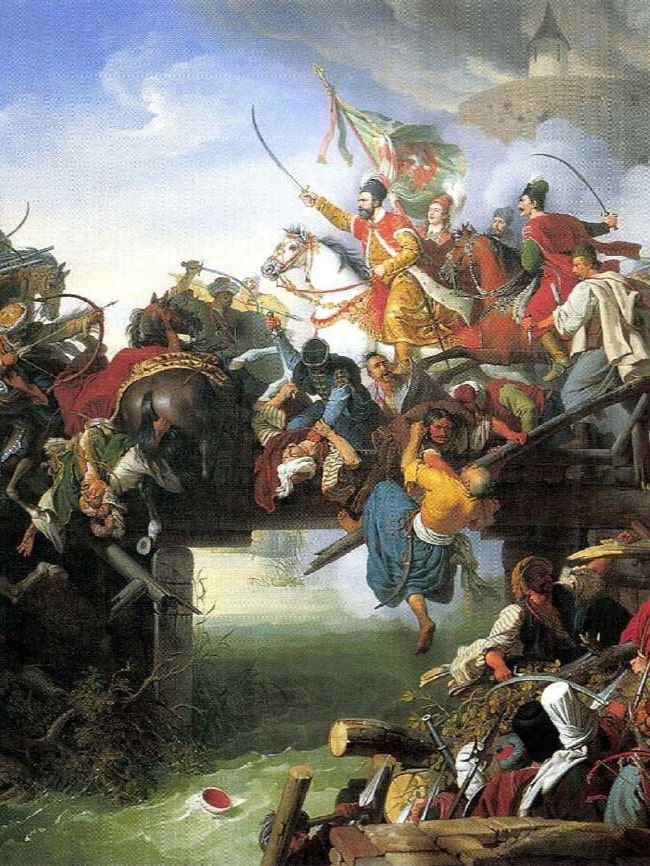Sikkim history can be divided into three parts – Pre Chogyal era, Chogyal era and Post Merger Era.
In 9th century, Guru Padamsambhav advertises Buddhist religion here and predicted that a Royal rule will establish here soon.
Lepchas were the first residents of Sikkim. They signed the “Blood Treaty” with other nearby states.
In 13th century from Kham region of Tibet Guru Tashi came here and established a royal rule here. And in 1642 his descendent was announced as the first Chogyal (King) of Sikkim.
Chogyal Era
Chogyal means Righteous Ruler. This honor was given to Buddhist Kings of Sikkim during rein of the Namgyal Monarchy. In 1642 Chogyal Phuntsog Namgyal was crowned as Sikkim’s 1st ruler at Yuksom, he was 5th descendent of Guru Tashi. After that 12 Chogyals ruled Sikkim, including the last Chogyal, Palden Thondup Namgyal, under whose reign the princely state merged with India in 1975.
One of the most notable rulers of the Chogyal monarchy was the 9th Chogyal, Thutab Namgyal. He was the most loved Chogyal who prioritized the welfare of Sikkim’s people. In his memory, the Sir Thutob Namgyal Memorial Hospital (STNM) was established in 1917 in Gangtok.

His successor, Sidkeong Tulku Namgyal, had a brief reign in which he worked on various conservation efforts and that’s why he is known as the “Father of Modern Forestry of Sikkim”. He was succeeded by Tashi Namgyal, the longest-serving and most popular Chogyal. He initiated land reforms, supported free elections, and strengthened ties with India. He also emphasized education and founded the renowned Tashi Namgyal Academy in Gangtok in 1926.
The last Chogyal, Palden Thondup Namgyal, was married to an American woman, Hope Cooke, who was titled as the Gyalmo (Queen) of Sikkim and referred to as Her Highness. During his reign, Sikkim was officially merged with India.

War with Bhutan
Since the beginning of 17th century, during the reign of 3rd Chogyal, Bhutan started invading Sikkim. In 1700 AD, Bhutanese invaded Sikkim with the famous Bhutanese charge and Chogyal fled away to Tibet. 3rd Chogyal Chakdor Namgyal returned in 1707 and re- captured the capital Rabdentse. In 1770 AD Bhutanese again attacked Sikkim and captured the eastern part of Teesta River. In 1771, an agreement was finally made in Rhenock to finalise the boundary between the two countries after the surrender of Bhutanese troops.

War with Nepal
When Sikkim was fighting Bhutanese invasion, Nepali Gorkha King Prithvi Narayan Shah launched various attacks on Sikkim to expand his territory. From 1767 Sikkim and Nepalese were in continuous conflict. In 1774 Gorkha captured eastern parts of Teesta River but have to withdraw after negotiations. After that Gorkhas were beaten 17 times by the Lepcha leader Satrajeet. A peace treaty with Nepal was signed in 1775 and Gorkhas promised to abstain from further attacks & collaboration with Bhutanese. During 1775 Gorkha incursions Satrajeet drove back Gorkhas from llam & penetrated up to Chainpur in Nepal. After that a peace treaty was signed where the boundaries between the two countries was fixed under the treaty of Walong. In 1778, Gorkha violated the treaty and captured some areas of Sikkim. In 1814 with the help of British East India Company, Sikkim got its areas back in Anglo-Nepal war (1814-1816). Britishers were interested in Sikkim because they wanted to trade with Tibet. Finally, a peace treaty was signed between British East India Company & Nepal under the treaty of Sagauli on 24 Mar 1816 & peace prevailed in the state of Sikkim.

Sikkim Merger with India
After India got its independence in 1947, Bharat (India) accepted Sikkim as a protectorate state of India. But due to increasing threat of China, especially after Nathula and Chola conflicts, it was essential for Sikkim to merge with India. During late 1960s and early 1970s common people of Sikkim was aggressively demanding removal of Chogyal and merger with India. In 1973 many farmers and common people protested in front of Chogyal’s palace and was demanding help from India. All these events were discussed in Indian Parliament and finally in 1975, Indian Army took over the city and started a referendum in which 97% of voters supported abolishing the Monarchy, effectively approving union with India. Then a tripartite agreement was signed between Govt of India, Chogyal and other leaders of political parties. And finally on 16th May 1975, Sikkim officially become 22nd state of India. Mr. B.V Lal became the first governor of Sikkim and Mr. Kazi Lhendup Dorjee was the first elected Chief Minister of Sikkim.
There is very less to no written history of Sikkim. All these histories are from various stories and some proofs collected by historians. Nathula La conflict and Chola conflict are also important events in Sikkim’s history which lead to its merger with India. For more such history and important travel blogs, comment below and hit the notification button.
Until next time, keep travelling and take care of Nature.